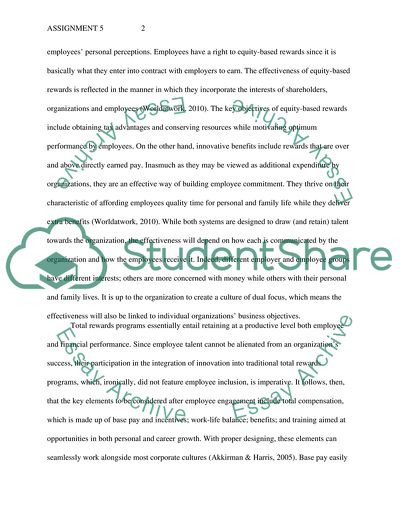Cite this document
(“Communication Satisfaction in the Virtual Workplace Coursework”, n.d.)
Communication Satisfaction in the Virtual Workplace Coursework. Retrieved from https://studentshare.org/human-resources/1838599-assignment-5
Communication Satisfaction in the Virtual Workplace Coursework. Retrieved from https://studentshare.org/human-resources/1838599-assignment-5
(Communication Satisfaction in the Virtual Workplace Coursework)
Communication Satisfaction in the Virtual Workplace Coursework. https://studentshare.org/human-resources/1838599-assignment-5.
Communication Satisfaction in the Virtual Workplace Coursework. https://studentshare.org/human-resources/1838599-assignment-5.
“Communication Satisfaction in the Virtual Workplace Coursework”, n.d. https://studentshare.org/human-resources/1838599-assignment-5.


